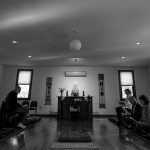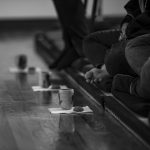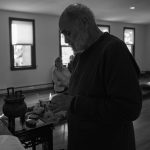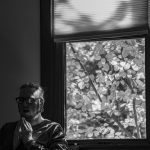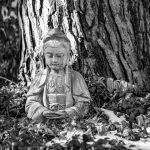Heart Sutra for the Soul
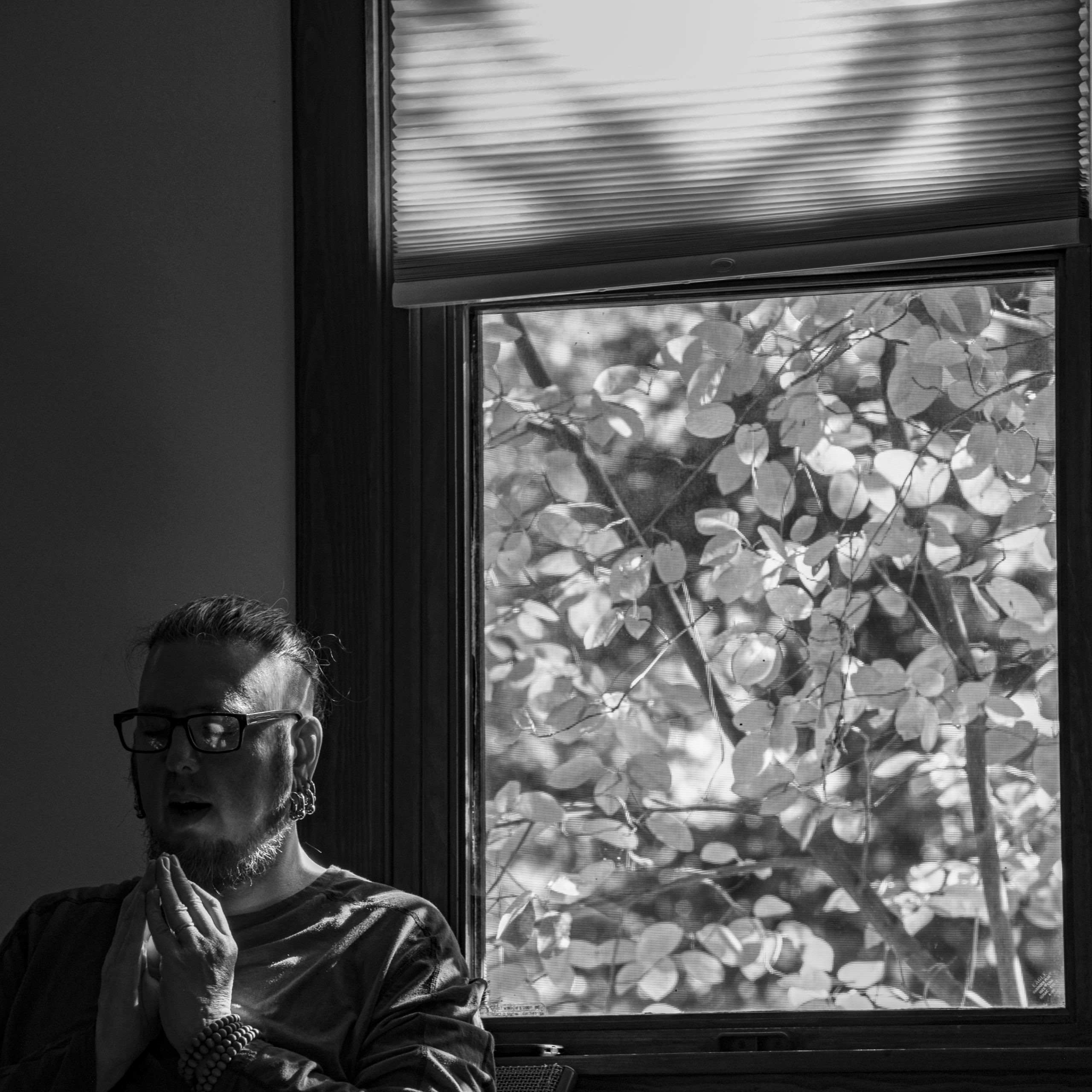
Syracuse Zen Center Tibetan Buddhist service leader Andy Hassinger stops before entering the meditation hall. He bows reverently toward the central altar, and again to his students before taking his seat. The room is scented with incense, meant to help calm the mind, sharpen focus, and serve as a sacred offering. This ritual occurs before each of his hour-long meditation sessions without fail.
The room is silent, save for the occasional rustling of someone re-adjusting themselves into their kneeling meditation pose. A cushion is set out for each participant, and books containing chants of the Heart Sutra rest on every cushion.
The Heart Sutra is a manuscript of Buddhist teachings. It dates back to the 7th century and is believed to have originated from China. The Heart Sutra lays out the fundamental teachings of the Four Noble Truths, a cornerstone work of Buddhist literature. The Heart Sutra is an analysis of form and meaning.
The internationally recognized Buddhist community in Syracuse began in the 70s as a group of students who casually meditated together once a week. Public interest in this group increased after Syracuse University’s Religion Department Professor, Richard Pilgrim, invited a Buddhist abbot Eido Tai Shimano Roshi to speak in 1972.
The group received official recognition the following year when Eido Roshi returned to lecture again. Roshi established an official location within the university for the group to meet, naming it Hoen Zendo.
In the years that followed, Hoen Zendo gatherings changed locations throughout Syracuse until the founding of the Zen Center of Syracuse in 1996. Hoen Zendo found its permanent home at last, the historic Joshua Forman house.
Hassinger opens his book and motions for everyone to begin their chant in unison. Tradition and wisdom exist behind the phrases they recite; words selected and strung together to enhance relaxation and introspective thought. The goal of the Heart Sutra is to remove the sense of self from thought process; to become a truly neutral observer of your life, your surroundings, and your world.
Controlled breathing exercises are one of the main tools that guided meditation uses to achieve levels of focus. Following Hassingers instructions, each exhale will gradually become smoother and deeper than the last. His students allow instinctual animal awareness of their surroundings to dissipate, replaced instead with a spider’s web of introspective observation to navigate. The soothing mantras of Hassinger echo softly in the meditation hall. The chanted repetitions guide the students along their inner journey; like quiet footsteps in the dark.
The Zen Center’s meditation procedure requests absolute silence inside the meditation hall. It also requests that controllable distraction factors such as tight clothes, flashy jewelry, and strong scents (such as cologne or perfume) be avoided.
“Our minds are always grasping at every idea or distraction,” said Brian Miller, coleader of Tibetan services. “The Sutras are made to list the distractions of thought. They help set aside stress and earthly burdens to focus entirely on the act of intimate self-reflection.”
Although the atmosphere and noise levels inside Zen Center are controlled, the building itself not in an isolated location. The Joshua Forman house sits along a busy street, and as such, the sounds of the city easily penetrate its walls. Loudly speeding cars and occasional emergency sirens provide an additional test of focus for the students to overcome on their internal journeys.
On the topic of street noise during meditation sessions, Hassinger said, “Life is filled with many distractions, and time spent meditating is no exception. There is no need to confront these distractions; that will only make it more difficult to calm and relax your mind. Do not treat external disruptions as a foreign being entering you. Instead, acknowledge them as you would a passing acquaintance; simply wave them hello, and wave them goodbye.”
The Zen Center offers not only Tibetan Zen services, but Japanese Zen services as well, led by Shinge Roshi Roko Sherry Chayat, the Abbot of the Zen Center. It is open to all who wish to experience meditation for either curiosity or spiritual reasons.
Regardless of denomination, typical meditation sessions occur seated inside the meditation hall, other activities involve standing, stretching, or walking during times of reflection on the meditation trail, open to their students as well as the public.
“We provide opportunities to anyone for the cultivation of mindfulness,” said Hassinger. “Our mission is to provide the simple practice of meditation and help make our community a more compassionate and caring place.”
